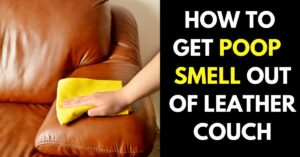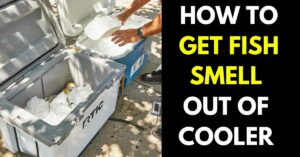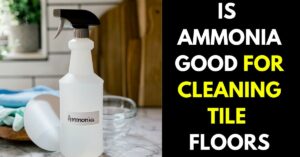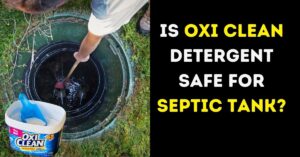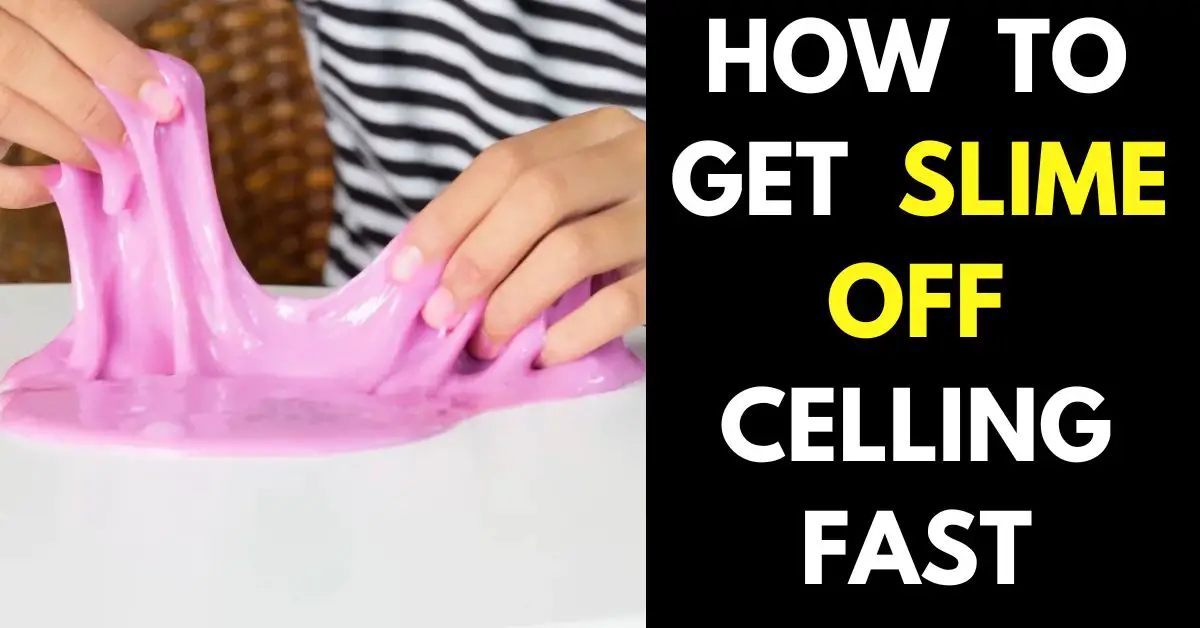
If you are a parent of young children, chances are you are familiar with the current trend of slime-making. In addition to the various pre-made slime products that children may request from local stores, there are numerous recipes available online for making your own slime. While this gooey substance can be entertaining for kids to play with, it can also be quite problematic as it sticks to everything from clothing to walls, furniture, and more. Discovering slime on various surfaces throughout your home can be overwhelming, but there are fortunately several methods available to remove the mess and restore the cleanliness of your home and clothing.
What Softens Slime?
There are several household items that can be used to soften slime and make it easier to remove. Some of these items include:
- Warm Water: Soaking the slime in warm water can help to loosen it up and make it easier to remove.
- Vinegar: Vinegar can dissolve the glue in some types of slime, making it easier to clean up.
- Baking Soda: Mixing baking soda with warm water can create a paste that can be applied to the slime to help soften it.
- Baby Oil: Applying a small amount of baby oil to the slime can help to break it down and make it easier to remove.
- Rubbing Alcohol: Rubbing alcohol can dissolve the slime and make it easier to wipe away.
How to Get Slime Off the Ceiling Fast
There are several ways to get slime off the ceiling quickly, depending on the tools and materials you have available. Here are some options:

- Use warm water and soap: Mix warm water with a few drops of dish soap in a bucket or bowl. Dip a clean sponge or cloth into the soapy water and wring it out. Gently scrub the slime off the ceiling, working in small sections. Rinse the sponge or cloth frequently in soapy water and wring it out before continuing.
- Use vinegar: Mix equal parts white vinegar and warm water in a spray bottle. Spray the solution directly onto the slime on the ceiling and let it sit for a few minutes. Use a clean cloth or sponge to wipe away the slime. Rinse the sponge or cloth frequently in clean water and wring it out before continuing.
- Use baking soda: Mix baking soda and water to make a paste. Apply the paste directly onto the slime and let it sit for a few minutes. Use a clean cloth or sponge to wipe away the slime. Rinse the sponge or cloth frequently in clean water and wring it out before continuing.
- Use a scraper: If the slime has hardened, you can use a plastic scraper to gently scrape it off the ceiling. Be careful not to damage the ceiling or create scratches.
- Use a vacuum: If the slime is still wet and hasn’t hardened, you can try using a vacuum cleaner with a hose attachment to suck it off the ceiling. This method is especially useful for removing small spots of slime.
Can We Wash Slime with Water?
Yes, you can wash slime with water. In fact, water is one of the most effective ways to clean slime off surfaces. However, depending on the type of slime and the surface it’s on, you may need to use soap or other cleaning products along with the water to fully remove the slime.
What Makes Slime Less Sticky?
Several things can make slime less sticky:
- Adding more activator: If you’re using a homemade slime recipe, adding more of the activator ingredient (such as borax or contact lens solution) can make the slime less sticky.
- Adding lotion or oil: Adding a small amount of lotion or oil (such as baby oil or coconut oil) to the slime can make it less sticky and more pliable.
- Allowing it to sit: Sometimes letting the slime sit for a few hours or overnight can help it become less sticky.
- Sprinkling with baking soda: Sprinkling a small amount of baking soda onto the slime and then kneading it in can help reduce stickiness.
Does Alcohol Remove Slime?
Alcohol can remove slime from some surfaces, but it may not work on all types of slime or all surfaces. Rubbing alcohol, in particular, can be effective at removing slime from hard surfaces like countertops or glass.
Simply apply the alcohol to a cloth or sponge and rub the slime until it comes off. However, alcohol may not be safe to use on some surfaces, such as painted walls or fabrics, as it can cause discoloration or damage. It’s always best to test a small, inconspicuous area before using any cleaning product on a larger surface.


